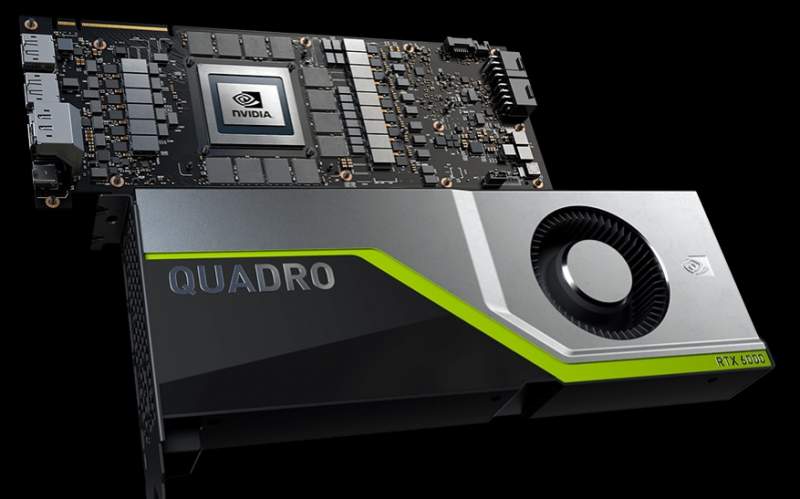Requirements
Make sure you have enough available disk space in your home directory: Disk quotas
This guide assumes you are already familiar with:
Info
TensorFlow is an end-to-end open source platform for machine learning. It has a comprehensive, flexible ecosystem of tools, libraries and community resources that lets researchers push the state-of-the-art in ML and developers easily build and deploy ML powered applications. For information and usage, please read the official documentation: Learn Tensorflow
TensorFlow 1.x uses separate packages for CPU and GPU support, tensorflow (non-GPU dependent) and tensorflow-gpu(requires CUDA/cuDNN).
TensorFlow 2.x is released with both CPU and GPU support.
Install tensorflow
This example uses Anaconda to install tensorflow-gpu==1.15 inside a Python 3.6.10 virtual environment with the name dev_tensorflow_1, using CUDA-10.0 with cuDNN-7.5.9
Click on any tab to find how to install tensorflow using different methods.
Loading the module
Load any of the available Python versions we provide, in the form of environment modules . For example, to use the available Python 3.6.10:
$ module load python/3.6.10
Check the Python version:
$ python -V Python 3.6.10
Loading CUDA
Load the combination of CUDA/cuDNN that is suitable for you. For example:
$ module load cuda/10.0-cudnn7.5.0
Create the environment
Create a new Python Virtual environment (venv) and define a name, for example to create a venv with the name dev_tensorflow_1:
$ python -m venv dev_tensorflow_1
Activate the environment:
$ source dev_tensorflow_1/bin/activate (dev_tensorflow_1) $
Install packages
Install the tensorflow version you need:
(dev_tensorflow_1) $ pip install tensorflow-gpu==1.15
To check the version of tensorflow you just installed:
(dev_tensorflow_1) $ python >>> import tensorflow as tf >>> print(tf.VERSION) 1.15.0
Loading the module
To load the default installed version of Anaconda (Python3), load the anaconda3 module:
$ module load anaconda3
Check the Python version:
$ python -V Python 3.7.4
Loading CUDA
Load the combination of CUDA/cuDNN that is suitable for you. For example:
$ module load cuda/10.0-cudnn7.5.0
Create the environment
Create a new Anaconda environment and define a name, for example to create an environment with the name dev_tensorflow_1:
$ conda create --yes --quiet --name dev_tensorflow_1
Activate the environment:
$ source activate dev_tensorflow_1 (dev_tensorflow_1) $
Install packages
Install the tensorflow version you need:
(dev_tensorflow_1) $ conda install tensorflow==1.15
Check the installed packages:
(dev_tensorflow_1) $ conda list
Check the installed tensorflow version
(dev_tensorflow_1) $ python -c "import tensorflow as tf; print(tf.VERSION)" 1.15.0


